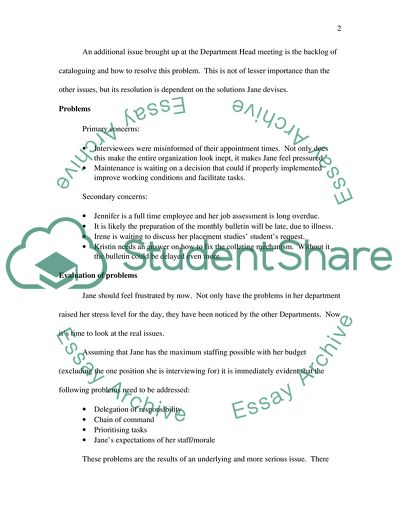Cite this document
(“Jane is a Department Head in a Library of a College or University Essay - 1”, n.d.)
Jane is a Department Head in a Library of a College or University Essay - 1. Retrieved from https://studentshare.org/social-science/1534953-case-study-critique-and-response-questions-to-case-study
Jane is a Department Head in a Library of a College or University Essay - 1. Retrieved from https://studentshare.org/social-science/1534953-case-study-critique-and-response-questions-to-case-study
(Jane Is a Department Head in a Library of a College or University Essay - 1)
Jane Is a Department Head in a Library of a College or University Essay - 1. https://studentshare.org/social-science/1534953-case-study-critique-and-response-questions-to-case-study.
Jane Is a Department Head in a Library of a College or University Essay - 1. https://studentshare.org/social-science/1534953-case-study-critique-and-response-questions-to-case-study.
“Jane Is a Department Head in a Library of a College or University Essay - 1”, n.d. https://studentshare.org/social-science/1534953-case-study-critique-and-response-questions-to-case-study.


